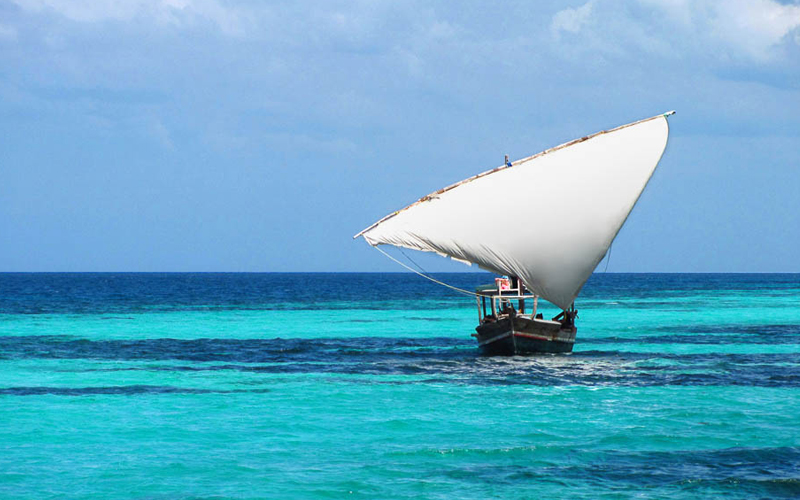Private Safari Airstrips Tanzania 2025
Tanzania is home to some of Africa’s most spectacular wildlife destinations, from the legendary Serengeti to the remote wilderness of Ruaha. But reaching these untamed landscapes isn’t always straightforward. While major airports like Kilimanjaro International Airport and Julius Nyerere International Airport handle international arrivals, the real adventure begins at Tanzania’s hidden safari airstrips.
These small, remote airstrips—often nothing more than a dirt runway in the middle of the savannah—are the gateways to unforgettable safari experiences. Whether you’re tracking the Great Migration, exploring an ancient volcanic crater, or searching for elusive big cats, these airstrips bring you closer to the wild.
Let’s take a journey through Tanzania’s most fascinating hidden airstrips, where the adventure starts before your feet even touch the ground.
Why Use Safari Airstrips in Tanzania?
Flying into a safari airstrip is not just about convenience; it’s part of the adventure. Here’s why these small airports make a big difference:
- Time-saving travel – Avoid long, bumpy road journeys and arrive quickly in remote parks.
- Spectacular aerial views – Get a bird’s-eye view of Tanzania’s landscapes, from vast plains to winding rivers.
- Exclusive access – Land directly inside national parks, close to luxury lodges and wildlife-rich areas.
- Memorable landings – Some airstrips have zebras or giraffes crossing the runway—only in Africa!
Top Hidden Safari Airstrips in Tanzania
Serengeti National Park Airstrips
1. Seronera Airstrip
- Best For: Central Serengeti safaris, Great Migration viewing.
- Landing Experience: Spectacular approach over the endless golden plains.
Seronera Airstrip is the busiest in the Serengeti National Park, serving as a central hub for safari flights. It’s the perfect entry point for travelers looking to explore the park’s heart, where big cats roam freely and the Great Migration often passes through.
2. Kogatende Airstrip
- Best For: Witnessing the dramatic Mara River crossings.
- Landing Experience: Low-altitude descent over herds of wildebeest.
Located in northern Serengeti, Kogatende Airstrip provides direct access to the famous river crossings of the Great Migration. From July to October, this area is teeming with wildlife, making it one of the most exciting safari destinations.
3. Ndutu Airstrip
- Best For: Calving season of the Great Migration (January–March).
- Landing Experience: A scenic arrival over acacia-dotted woodlands and short grass plains.
Ndutu is located in the Ngorongoro Conservation Area, where the Great Migration stops to give birth. It’s one of the best places to witness predators in action as lions and cheetahs take advantage of the abundance of prey.
Ngorongoro Conservation Area Airstrips
4. Lake Manyara Airstrip
- Best For: Access to Lake Manyara National Park and Ngorongoro Crater.
- Landing Experience: A thrilling descent with views of the Rift Valley Escarpment.
This small but scenic airstrip is the fastest way to reach the lush landscapes of Lake Manyara, famous for its tree-climbing lions and flamingo-filled shores. It also serves as a gateway to the world-famous Ngorongoro Crater.
Selous Game Reserve & Nyerere National Park Airstrips
5. Siwandu Airstrip
- Best For: Remote safari experiences in Nyerere National Park (Selous).
- Landing Experience: Touchdown near the Rufiji River, home to crocodiles and hippos.
Selous is one of Africa’s largest and least-explored reserves. Landing at Siwandu Airstrip brings you straight into a pristine wilderness filled with elephants, wild dogs, and river safaris.
Ruaha National Park Airstrips
6. Msembe Airstrip
- Best For: Exploring Tanzania’s largest national park.
- Landing Experience: Stunning approach over the Ruaha River and vast baobab landscapes.
Ruaha is a paradise for safari purists. The airstrip provides easy access to one of Africa’s most untouched and predator-rich parks, where lions, leopards, and cheetahs roam freely.
Tarangire National Park Airstrips
7. Kuro Airstrip
- Best For: Quick access to Tarangire’s famous elephant herds.
- Landing Experience: A dramatic arrival over baobab trees and dusty riverbeds.
Tarangire National Park is known for its incredible elephant population and diverse wildlife. Kuro Airstrip places visitors right in the middle of the action, avoiding long drives from Arusha.
Mahale Mountains & Katavi Airstrips
8. Mahale Airstrip
- Best For: Chimpanzee trekking in Mahale Mountains National Park.
- Landing Experience: A spectacular descent over Lake Tanganyika’s turquoise waters.
Mahale is one of the most remote and magical places in Tanzania. The airstrip is your gateway to tracking wild chimpanzees in misty rainforests and relaxing on the shores of Africa’s deepest lake.
9. Katavi Airstrip
- Best For: Off-the-beaten-path safaris in Katavi National Park.
- Landing Experience: A wild and rugged touchdown in one of Tanzania’s least-visited parks.
Katavi offers a raw and wild safari experience, where massive buffalo herds, crocodile-filled rivers, and true wilderness await.
What to Expect When Flying to a Safari Airstrip
Flying into these hidden airstrips is a unique experience. Here’s what you should know:
- Small planes: Flights are operated by light aircraft such as Cessna Caravans, seating 9–12 passengers.
- Bumpy landings: Many airstrips are dirt or gravel runways, adding to the adventure.
- Minimal facilities: Most airstrips have no terminals—just a windsock and a waiting safari vehicle.
- Direct game viewing: Sometimes, wildlife welcomes you right on the runway!
Best Time to Use Safari Airstrips in Tanzania
- June–October: Peak safari season with dry weather and high wildlife concentrations.
- November–May: Lush green landscapes, fewer tourists, and excellent birdwatching.
How to Book Flights to Safari Airstrips
Several local airlines operate scheduled and chartered flights to these airstrips, including:
- Coastal Aviation
- Auric Air
- Regional Air
- ZanAir
Flights can be booked through tour operators or directly with the airline.
Tanzania’s hidden safari airstrips are more than just landing spots—they are the first step into an unforgettable adventure. Whether you’re soaring over the Serengeti’s endless plains, touching down in remote wilderness areas, or arriving in a pristine rainforest, these small airports provide access to some of the world’s most incredible wildlife destinations.
For the ultimate safari experience, skip the long drives and fly directly into the heart of Tanzania’s wild landscapes.
FAQs
1. Are flights to safari airstrips safe?
Yes! Safari airlines operate with strict safety regulations and experienced bush pilots.
2. Can I book a private flight to a safari airstrip?
Yes, many operators offer private charter flights for a more exclusive experience.
3. What happens when I land at a safari airstrip?
A guide from your lodge or camp will meet you and take you on a game drive to your accommodation.
4. Do safari airstrips have immigration services?
No, all immigration procedures are handled at major airports like Kilimanjaro or Dar es Salaam.
5. What should I pack for a safari flight?
Pack light! Safari flights have strict luggage limits (usually 15kg in soft bags).


